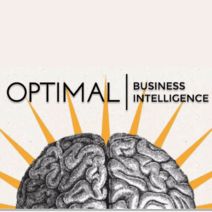
Optimal Data Engine
Everybody talks a different language When we decided to start building ODE we knew a few things already. One of those things was that most of our customers already had data warehousing technology. They had already…
Read moreArticle

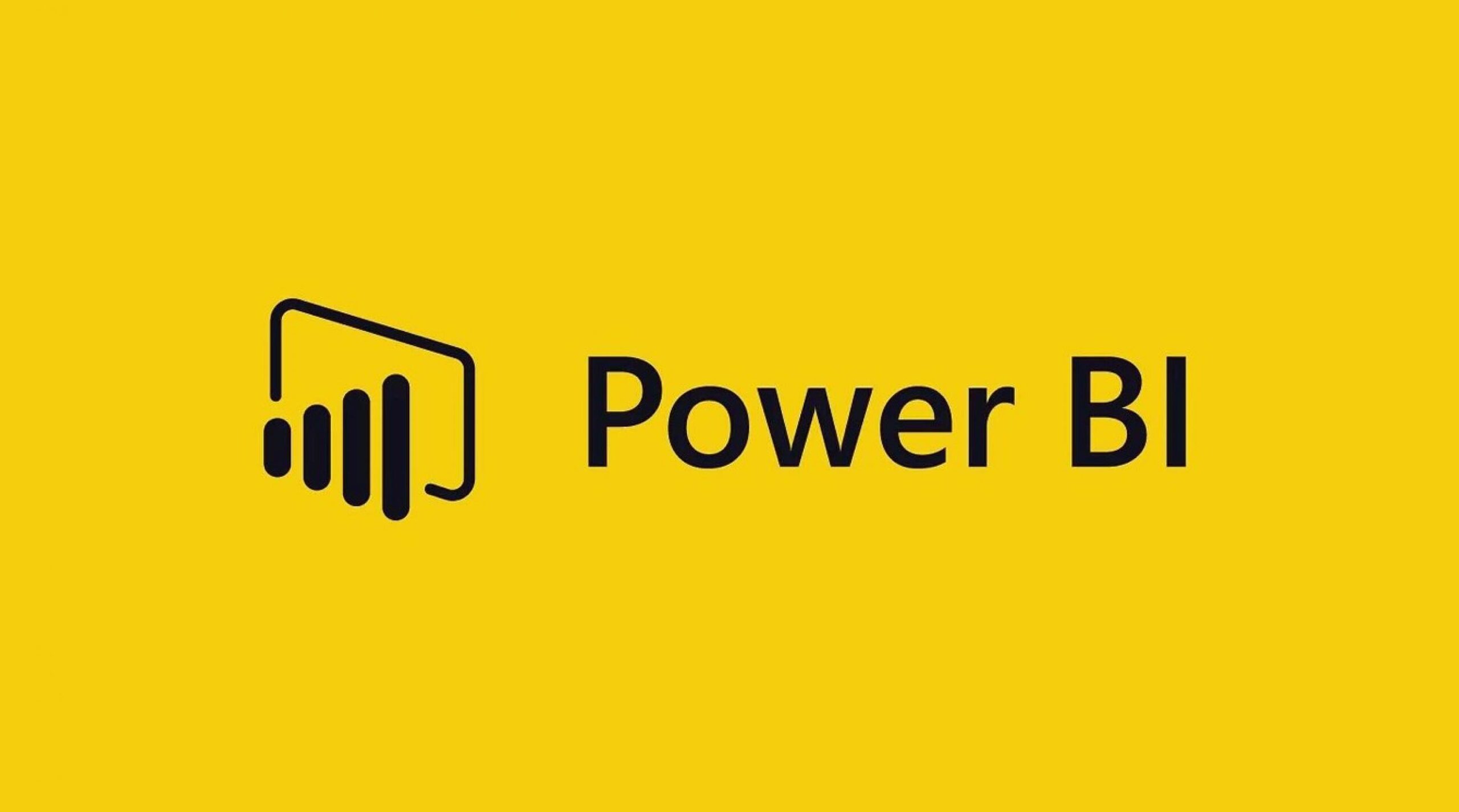
This article includes tips and tricks for Power BI.
Power BI is a cloud-based data analysis and visualisation tool created by Microsoft, which can easily connect with various data sources. It is simple, user friendly and easy to learn and business users and business analysts can benefit from it. It is mature and robust enough to be used from small organisations to large enterprises.
There are three-parts to Power BI,
The workflow in Power BI begins by connecting to data sources in Power BI Desktop and building a report. You then publish that report from Power BI Desktop to the Power BI service. From Power BI services you can share it with business users in your organisation who have a Power BI licence and then create a mobile app. So, users can view and interact on mobile devices. 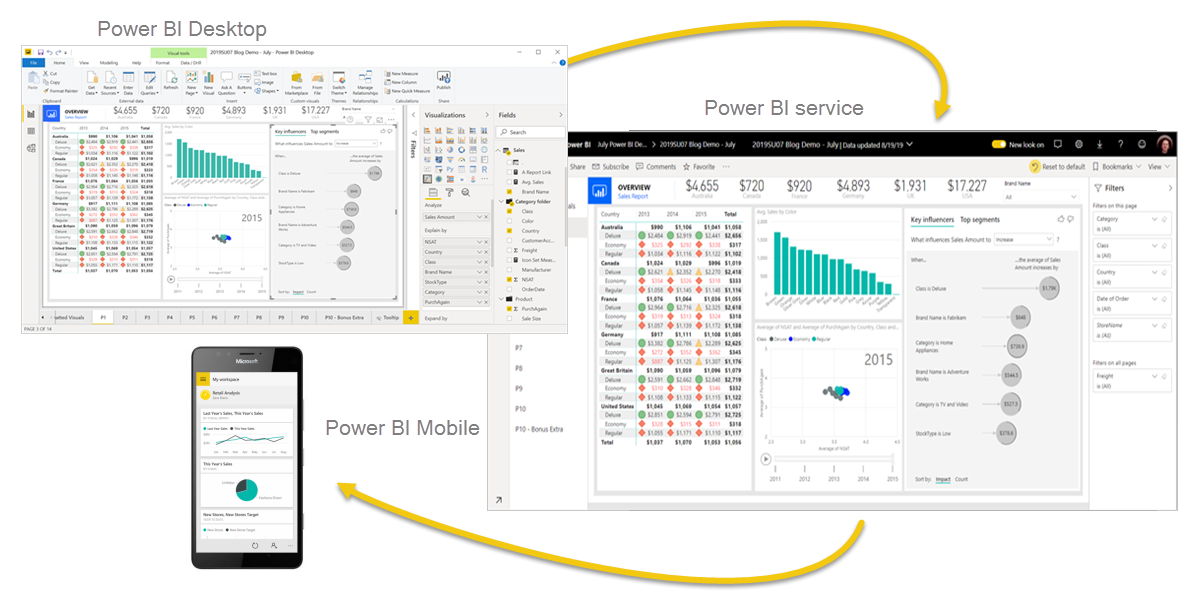
Beyond those three, Power BI also features two other elements:
Power BI Desktop is a free application you install on your local computer that lets you connect to, transform, and visualise your data. With Power BI Desktop, you can connect to multiple different data sources and combine them (often called modelling) into a data model. This data model lets you build visuals and collections of visuals you can share as reports with other people inside your organisation. Most users who work on business intelligence projects use Power BI Desktop to create reports and then use the Power BI service to share their reports with others.
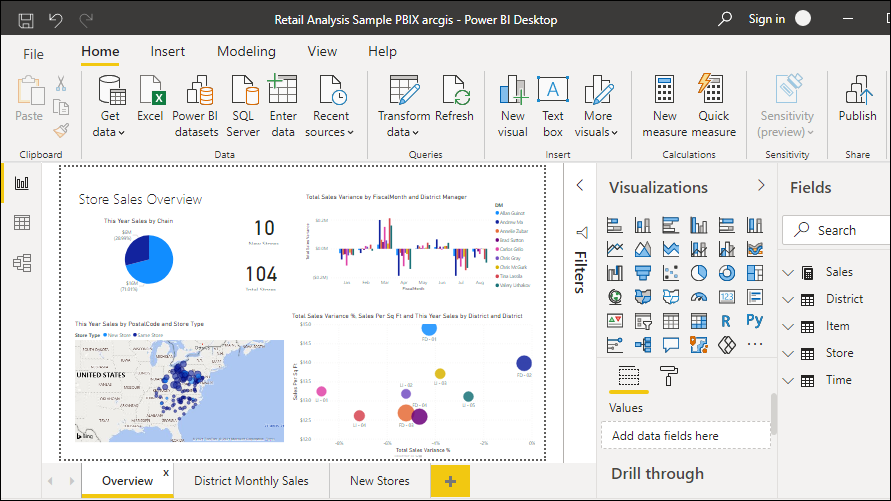
There are three views available in Power BI Desktop, which you select on the left side of the canvas. The views, shown in the order they appear, are as follows:
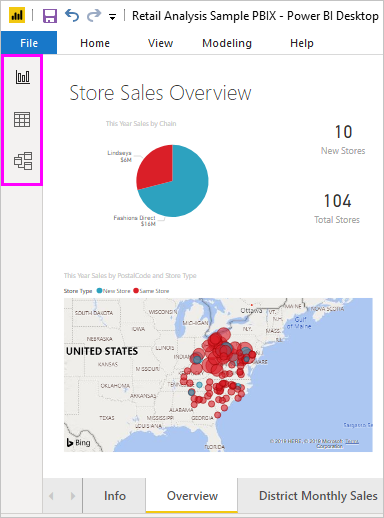
The most common uses for Power BI Desktop are as follows:
To connect to data,
From the Home ribbon, select Get Data and then select the source.
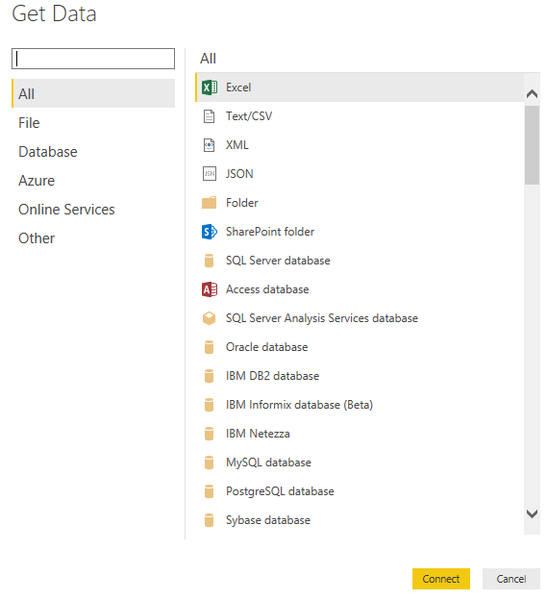
In Power BI Desktop, you can clean and transform data using the built-in Power Query Editor. With Power Query Editor, you make changes to your data, such as changing a data type, removing columns, or combining data from multiple sources.
To start Power Query Editor,
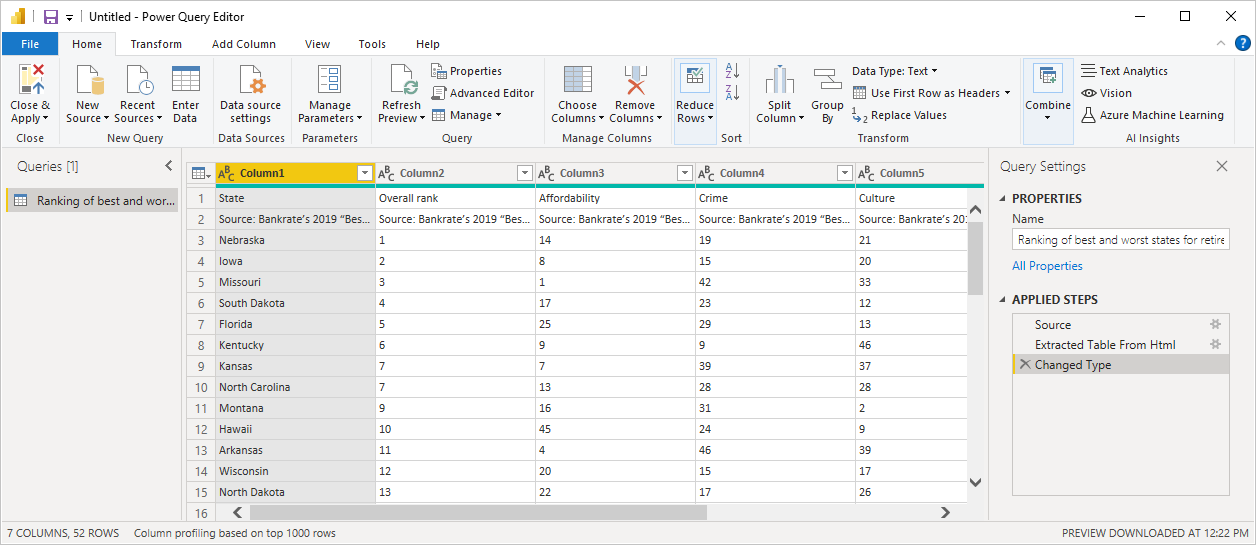
Once the data model is ready, you can drag fields onto reporting canvas to create visuals, such as charts, graphs that provide visual representations of the data to tell a story.
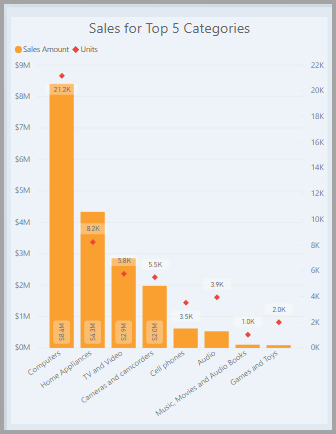
A collection of visuals in one Power BI Desktop file is called a report. A report can have one or more pages, just like an Excel file can have one or more worksheets.
With Power BI Desktop, you can create complex and visually rich reports, using data from multiple sources, all in one report that you can share with others in your organisation.
In the following image, this report has three pages, “Overview”, “District Monthly Sales” and “New Store”.
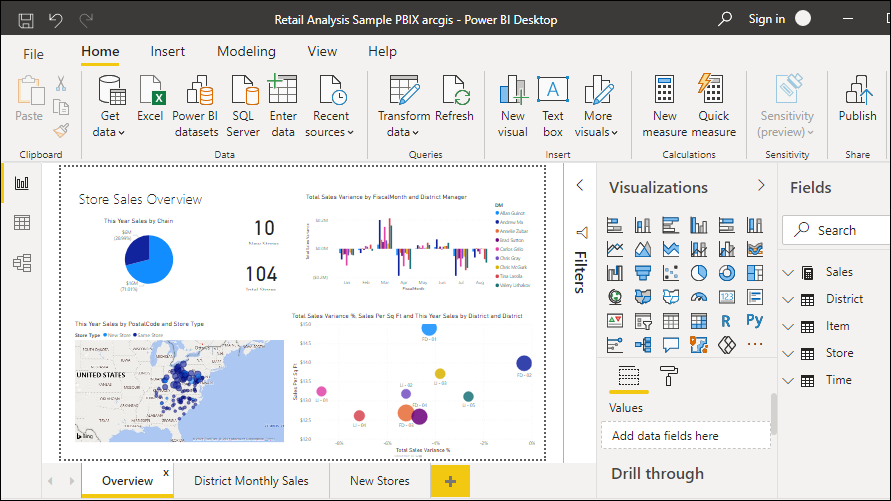
Once you finish the report, you can publish it on the Power BI service and from there, you can share it with anyone in your organisation who has a Power BI licence.
To publish a report,
From the Home ribbon, in the Share section, select Publish.
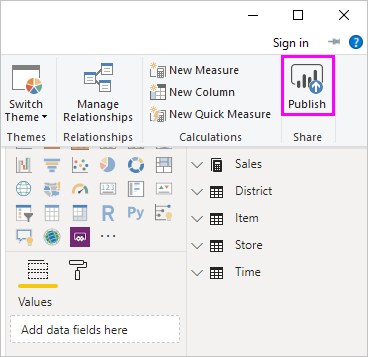
The Power BI service is a cloud-based service where you can share and work collaboratively with team mates. In the Power BI service, you can create dashboards from your published report, create and share apps, analyse and explore data to uncover insights.
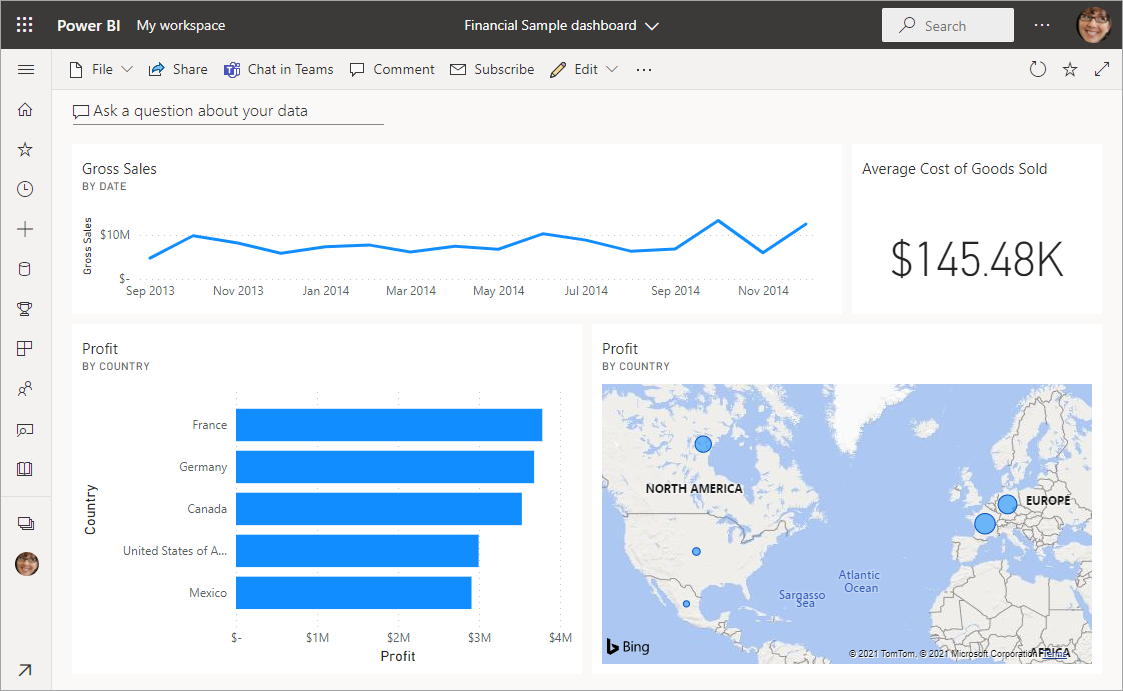
Power BI offers a set of mobile apps for iOS, Android, and Windows 10 mobile devices. In the mobile apps, you connect to and interact with your cloud and on-premises data.
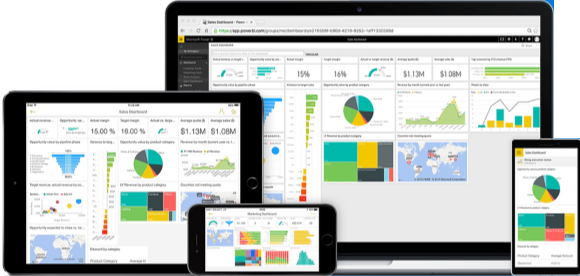
This blog is an overview of what Power BI can do. If you would like to know more in detail, here’s the link to the Microsoft documentation.
https://docs.microsoft.com/en-us/power-bi/fundamentals/power-bi-overview

Everybody talks a different language When we decided to start building ODE we knew a few things already. One of those things was that most of our customers already had data warehousing technology. They had already…
Read more
The Ensemble Logical Model is an enterprise-wide business model which, in an agile way, maps the business concepts within a given organization into an agile and adaptable model. – Remco Broekmans, LLC Author of ‘from Stories to Solutions’…
Read moreSquareweave is now Ackama.

We've merged with New Zealand company Ackama!
We're excited to be working with our Kiwi colleagues to deliver ambitious, purposeful digital products on both sides of the Tasman.
Common Code is now part of Ackama.

We’re now part of Ackama, delivering purposeful technology across the Asia-Pacific.
Together, we’re creating impact across energy, government, international development, and beyond. Delivering pragmatic, innovative solutions where they matter most.